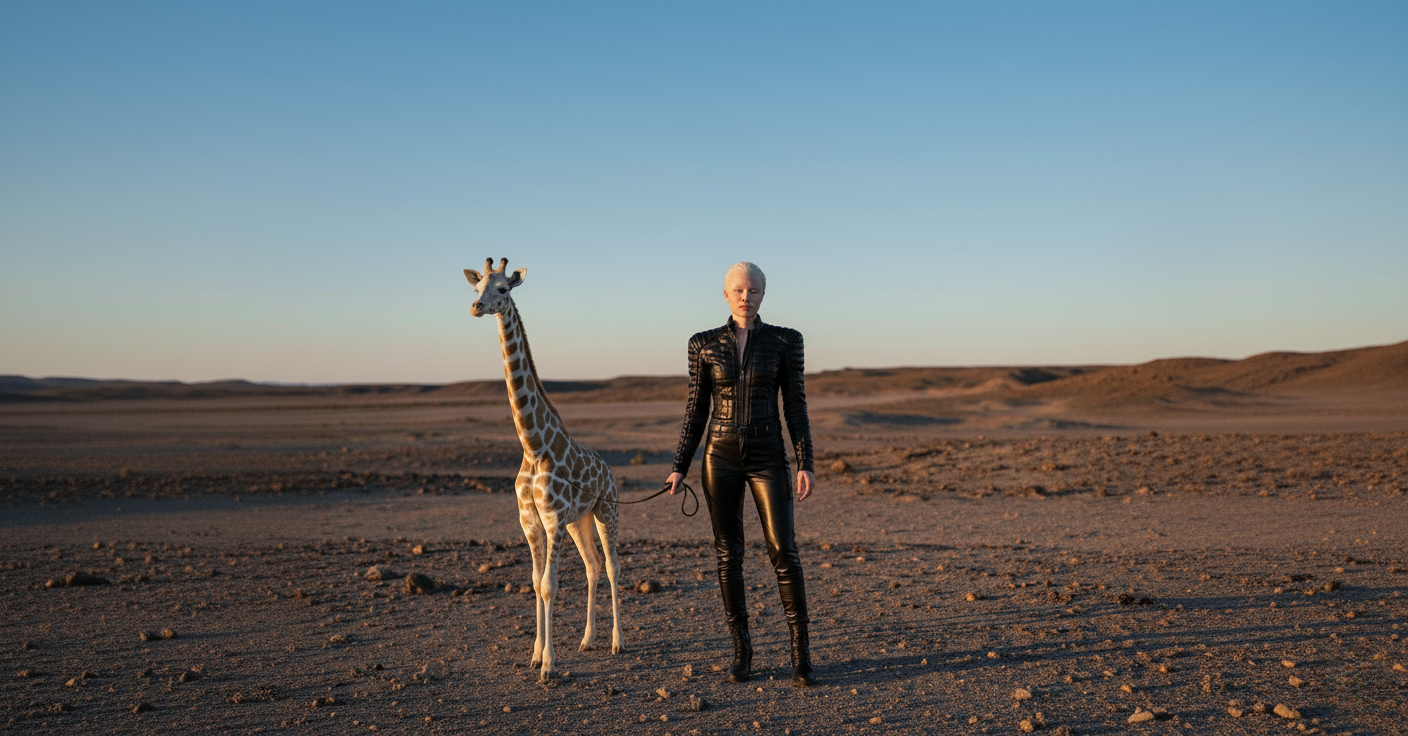Why I Still Choose Leather (Even as a Vegetarian)
I stopped eating meat ten years ago, but I still wear leather boots.
Before you call me a hypocrite, hear me out.
My grandmother’s leather handbag is 40 years old and still gorgeous. My vegan leather jacket lasted eight months before cracking. When I calculated the environmental cost per wear, that plastic jacket was an ecological disaster compared to investing in quality leather that lasts decades.
Here’s what changed my mind, leather is a byproduct! The cow wasn’t killed for fashion, It was killed for food. The leather industry claims only 1-5% of an animal’s economic value comes from the skin. If we stopped using leather tomorrow, those hides would rot in landfills, creating methane emissions while we manufacture petroleum-based alternatives that never biodegrade.
I’ve seen the alternatives. Lab-grown leather is experimental and energy-intensive. Mushroom leather sounds amazing but remains limited. Plastic alternatives shed microplastics into waterways. Meanwhile, traditional vegetable-tanned leather improves with age and eventually returns to earth.
The sustainability argument isn’t just about waste. It’s about longevity. My leather boots have been resoled twice and will outlast ten pairs of synthetic shoes. In a world drowning in fast fashion, isn’t using materials that last generations the most sustainable choice?
I know this makes me uncomfortable in vegan circles, but I’d rather be honest than pretend synthetic alternatives are always better for the planet.
Why I’ll Never Call Leather Sustainable
Every time someone calls leather “sustainable,” I think about the fundamental contradiction they’re missing.
How can we support sustainability while financing one of the planet’s most destructive industries?
Let’s be honest about what “byproduct” really means! Leather is still profit that makes factory farming more economically viable. Every leather purchase sends a market signal that animal agriculture should continue at industrial scale.
The environmental argument falls apart under scrutiny. Cattle ranching drives 80% of Amazon deforestation. Livestock produces 18% of global greenhouse gas emissions. Leather tanning dumps chromium and toxic chemicals into waterways across the Global South. In Bangladesh, leather processing has turned rivers red and undrinkable.
Beyond environmental destruction lies the moral cost of treating sentient beings as commodities. When we reduce animals to “useful parts,” we perpetuate the mindset that created factory farming. A cow who lived in confinement and died in terror didn’t become ethical to use because we found purpose for every part of her body!
The durability argument reveals our addiction to animal exploitation. Today’s leather comes from industrial operations that prioritize speed and profit, just like fast fashion.
Meanwhile, sustainable alternatives advance rapidly. Piñatex from pineapple waste, Desserto cactus leather, and Mylo mushroom leather offer cruelty-free options improving every year. But we won’t invest in scaling these solutions while consumers convince themselves animal leather is “sustainable.”
Every dollar spent on leather votes for a world where animals remain raw materials rather than individuals worthy of consideration.
The Question Worth Asking:
If your values led you to stop eating animals, can you justify wearing them? And if environmental impact is your priority, are you willing to accept that the most durable option might come with a moral cost?



